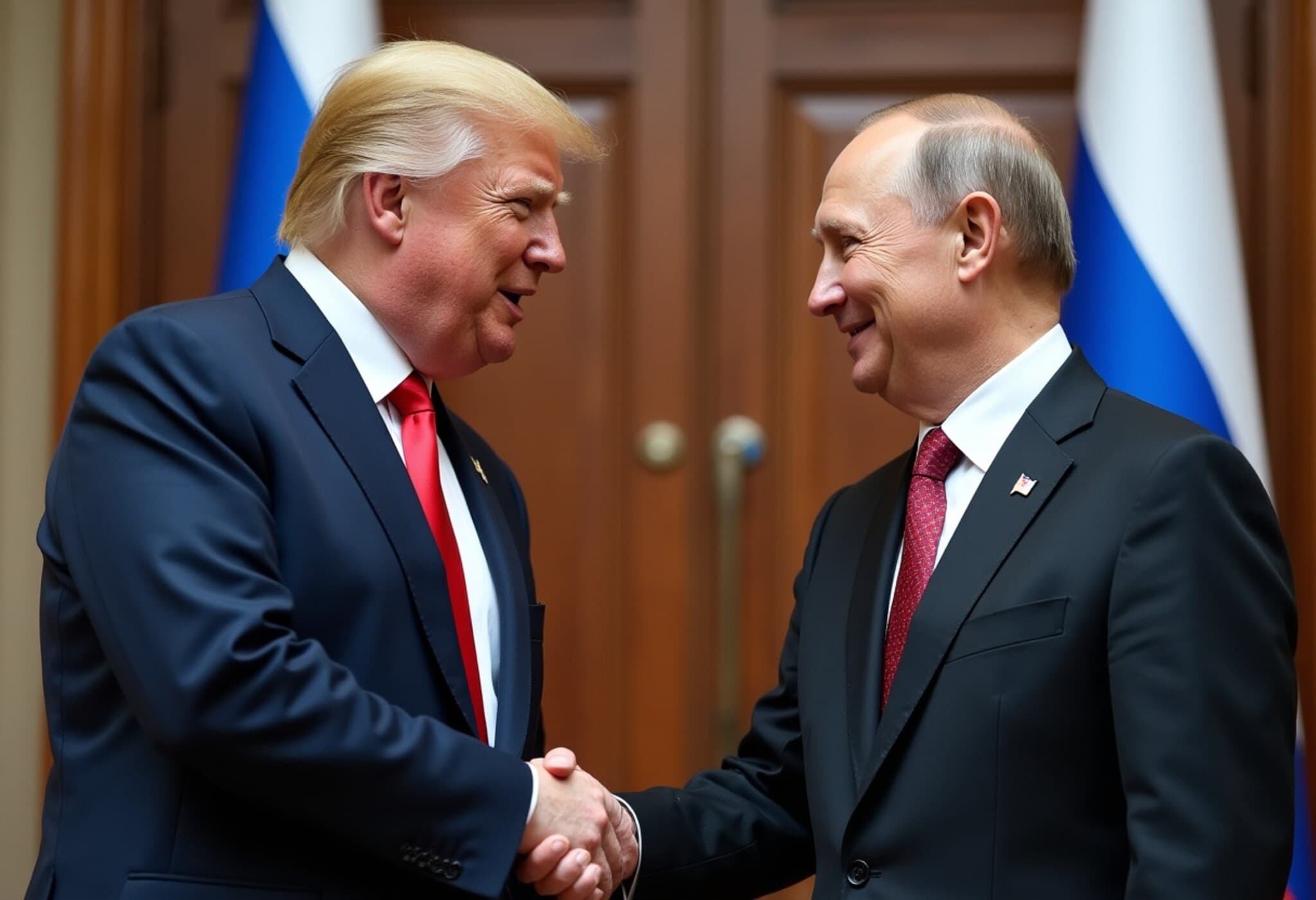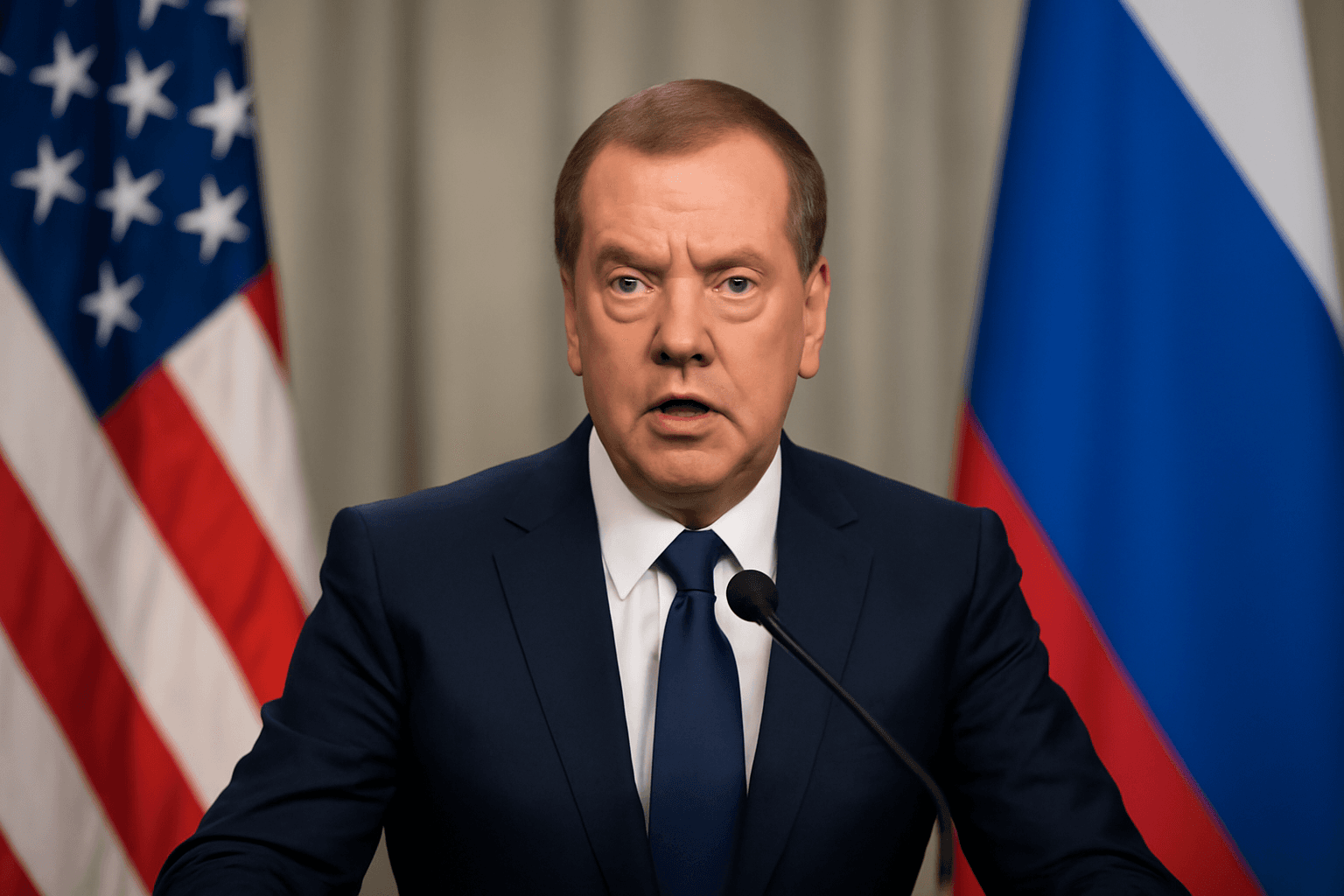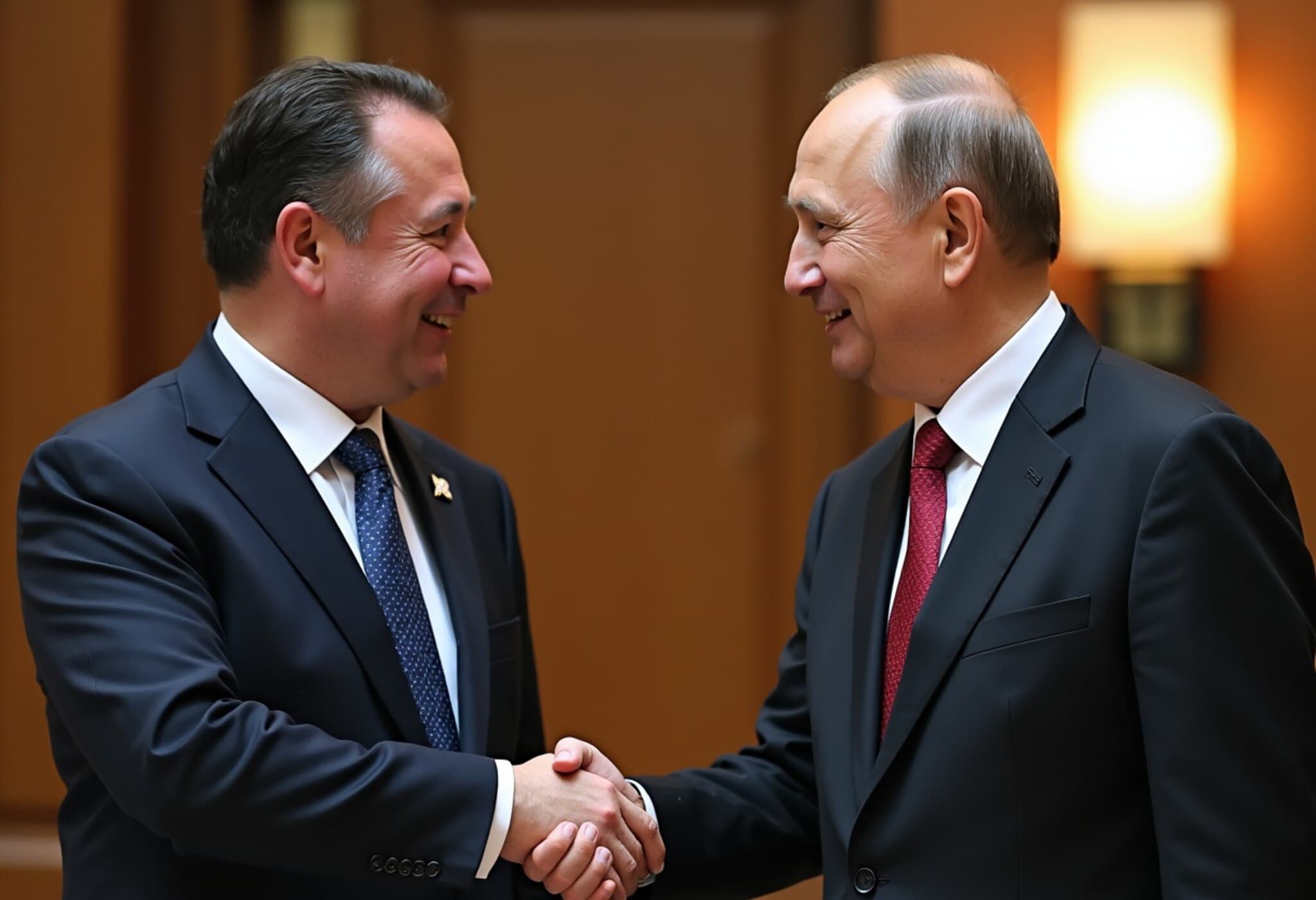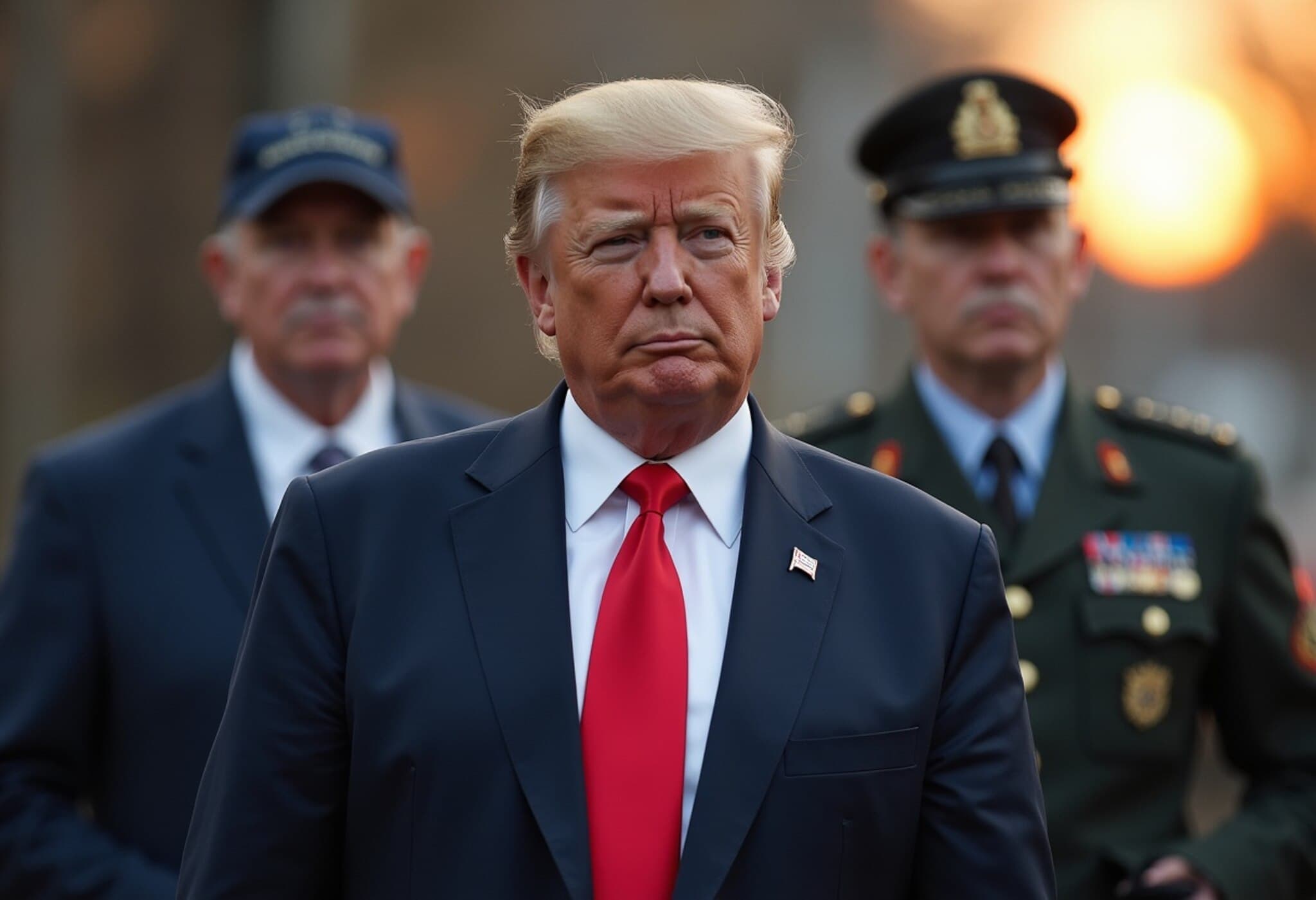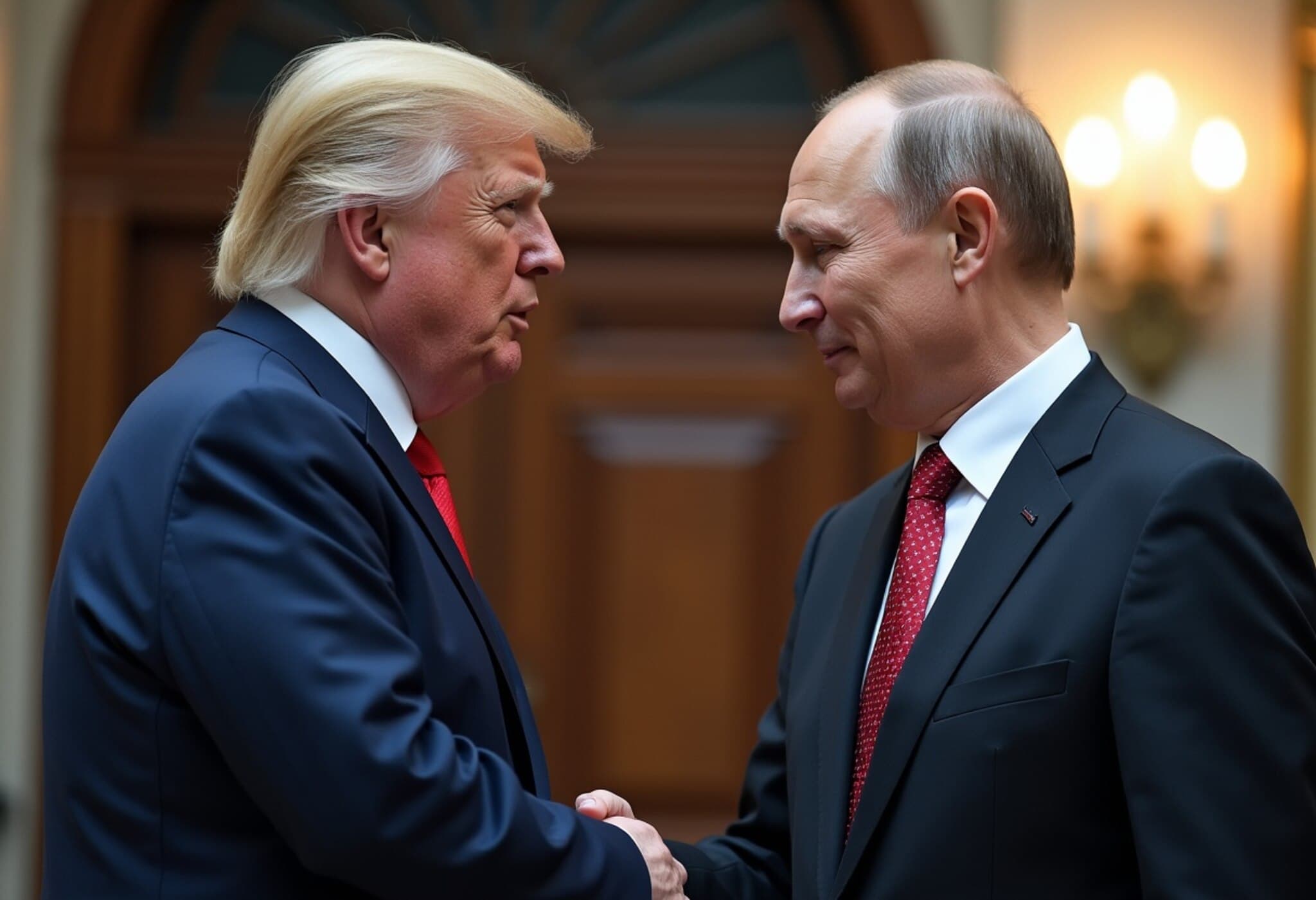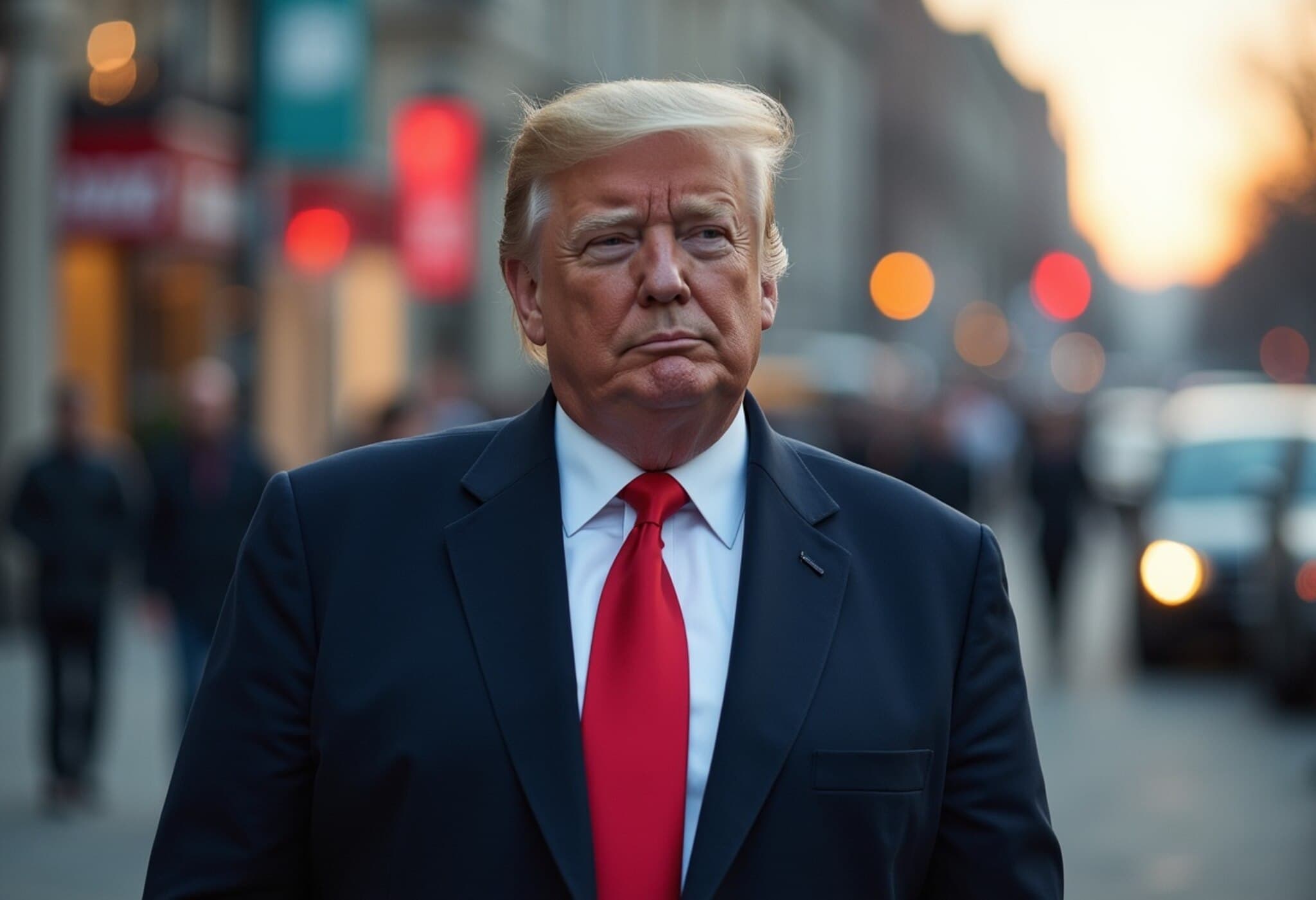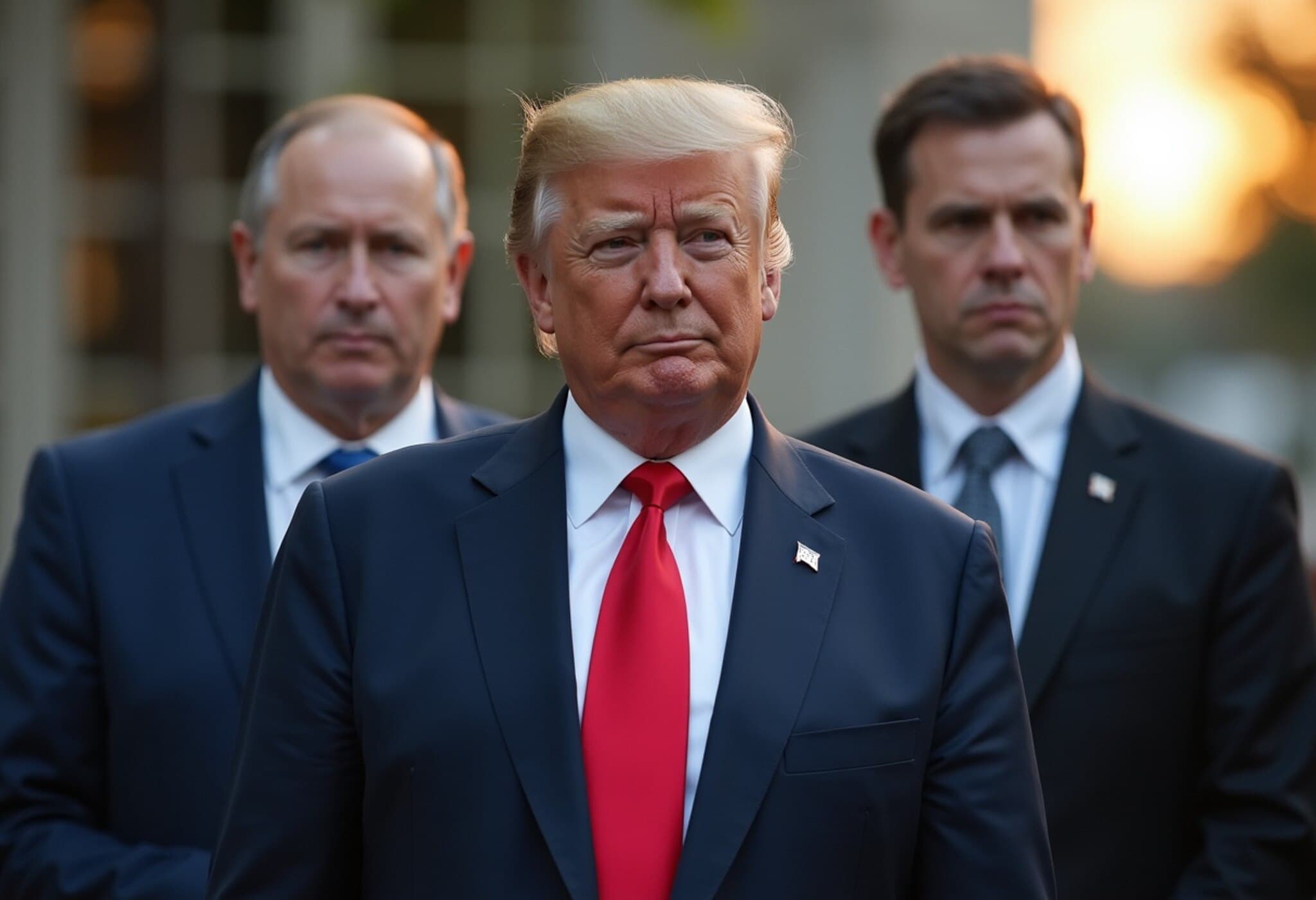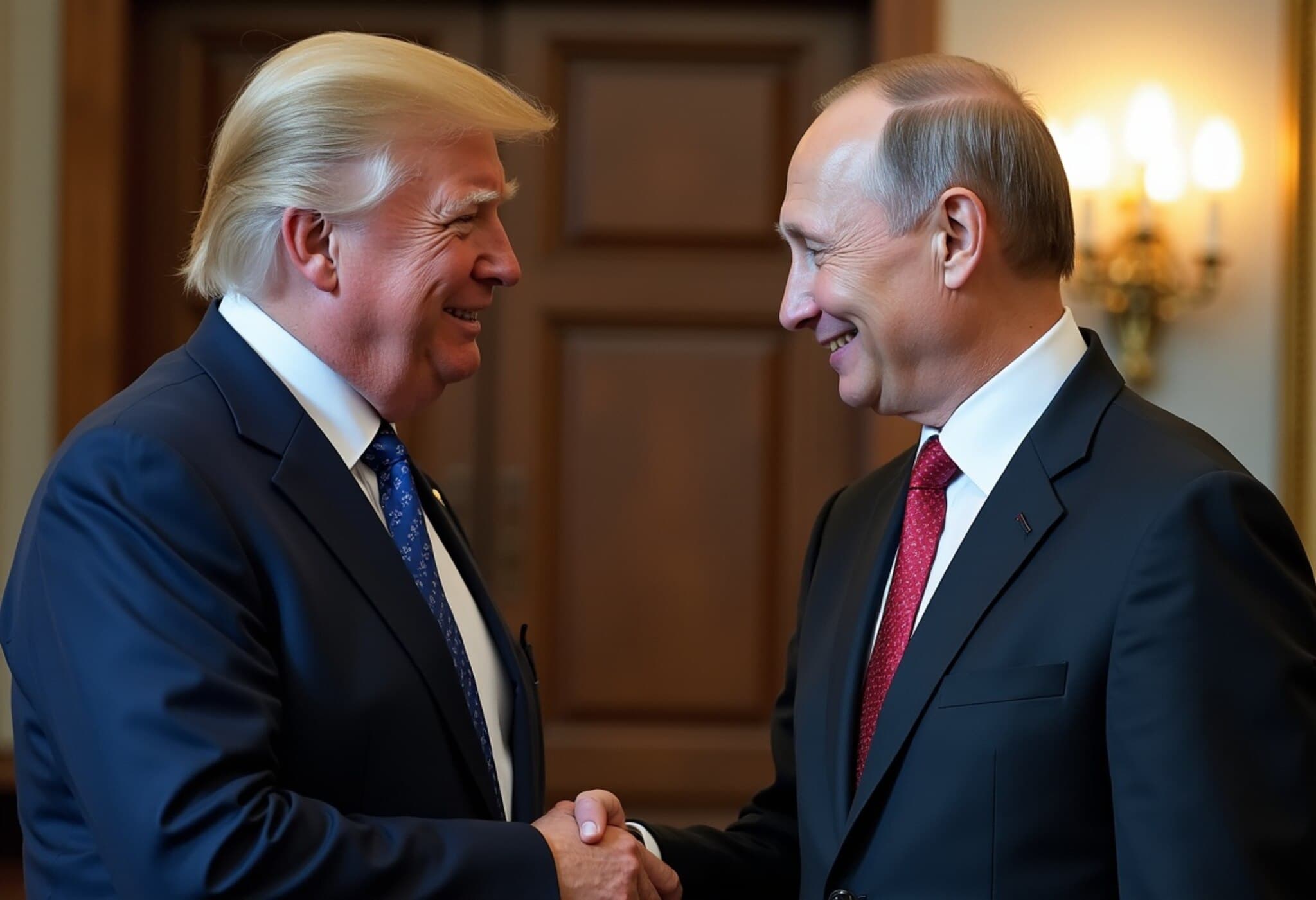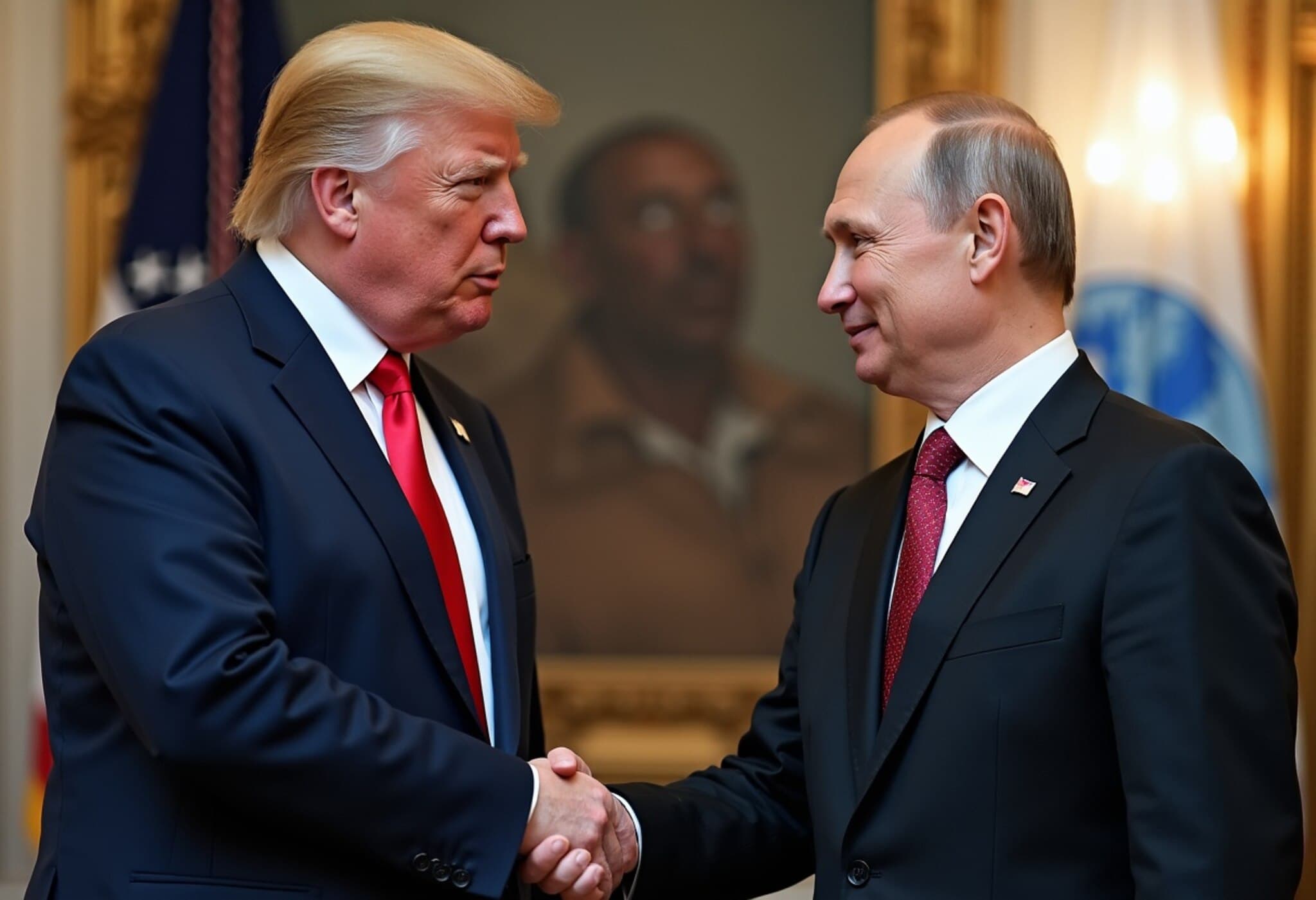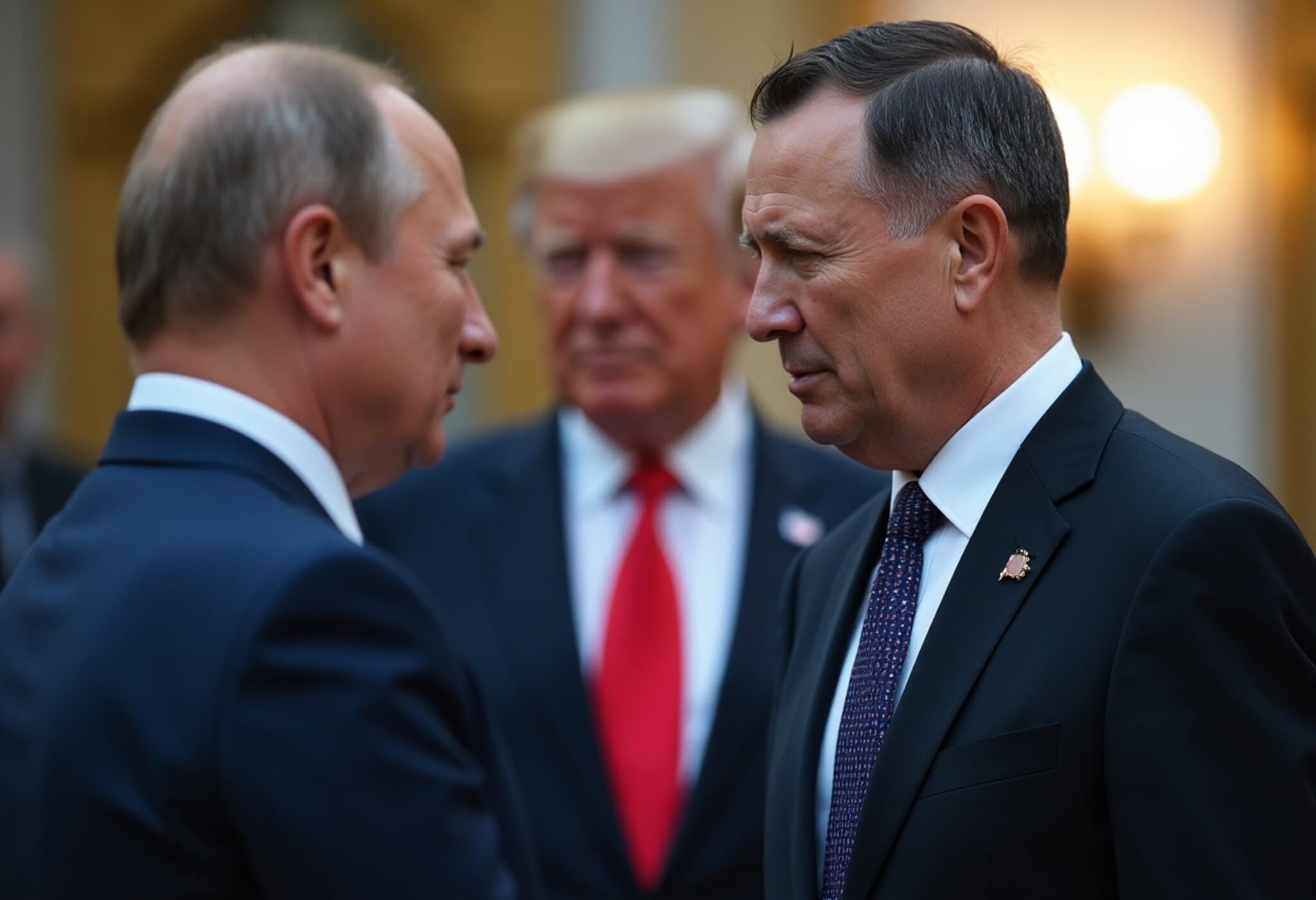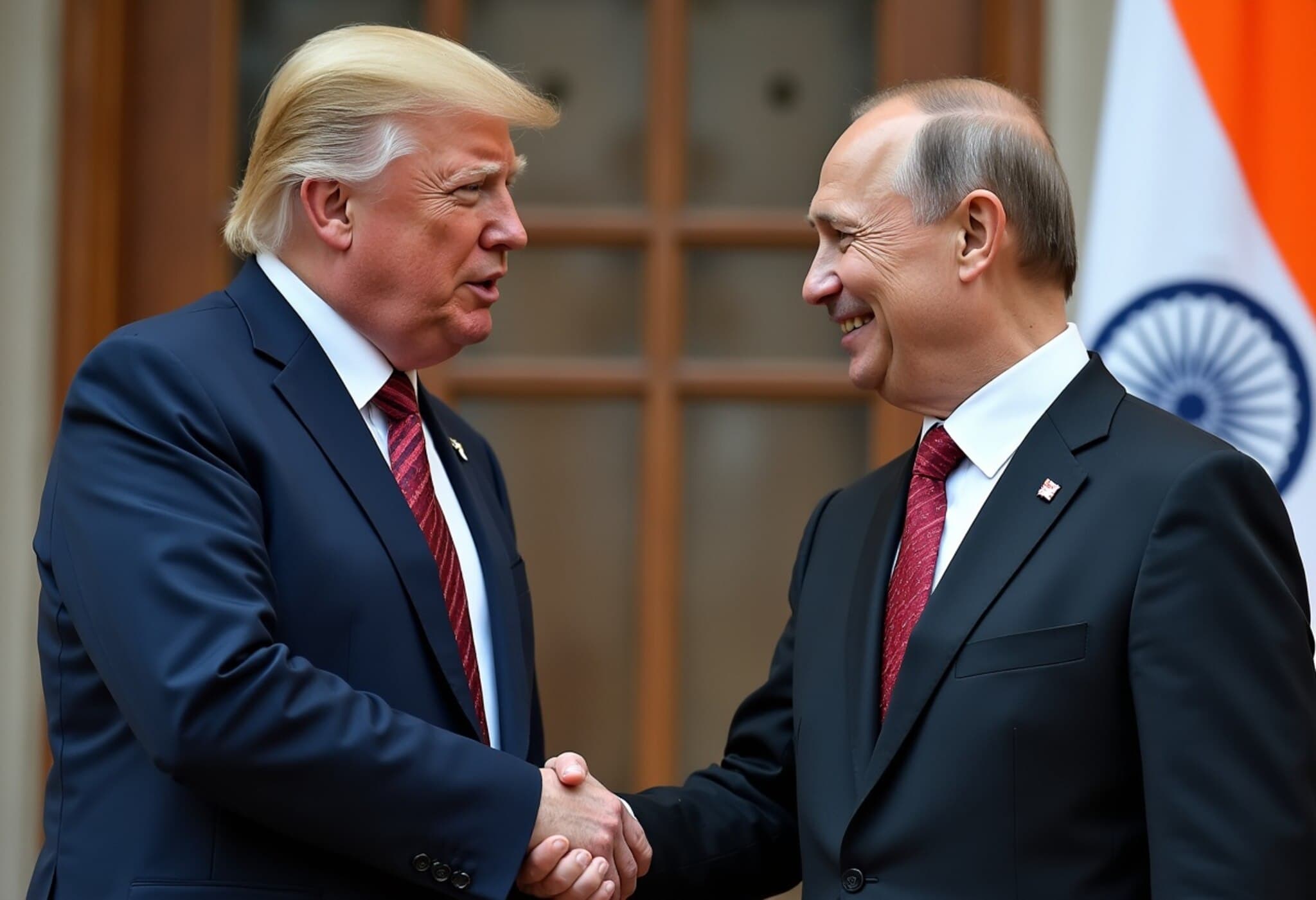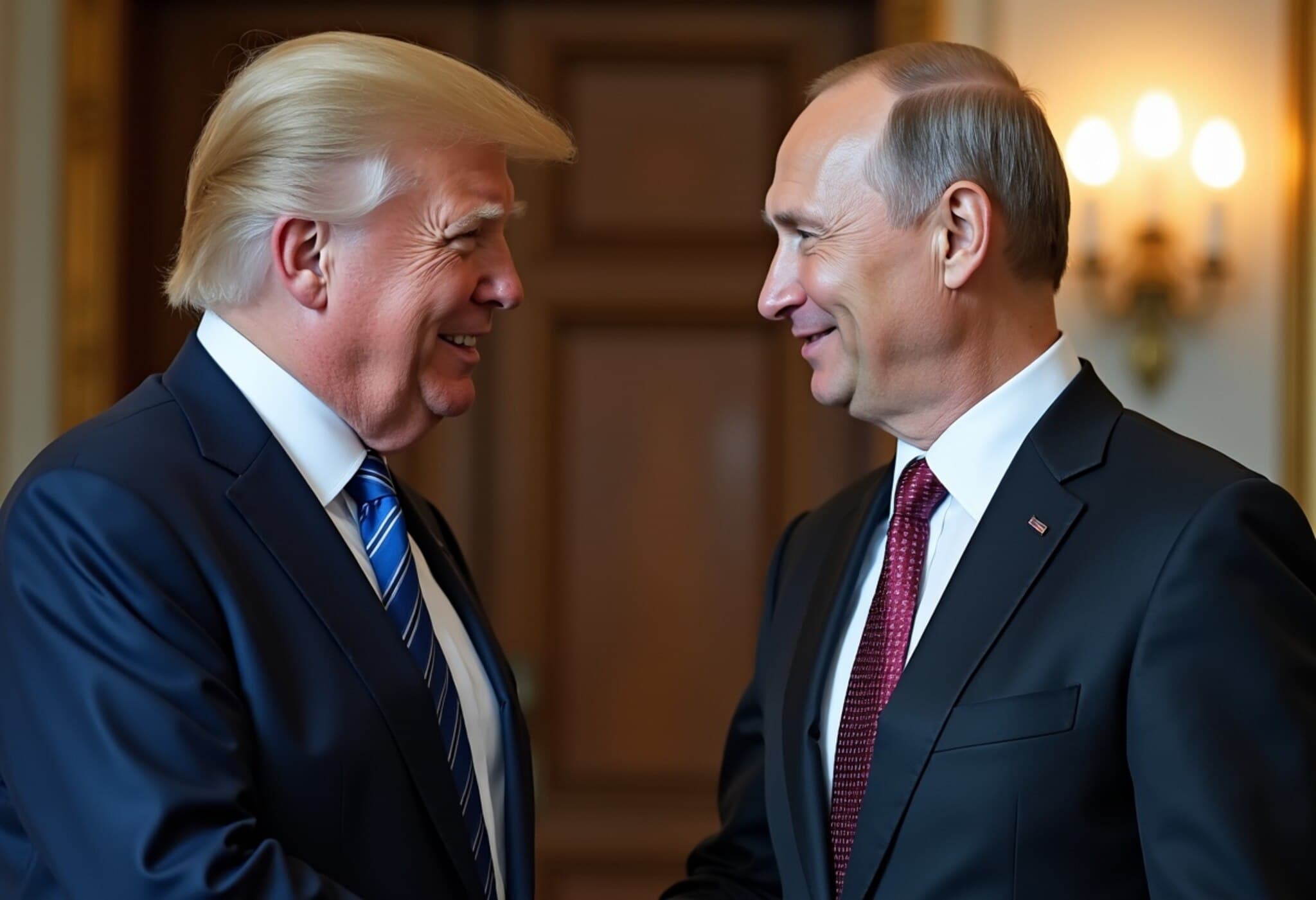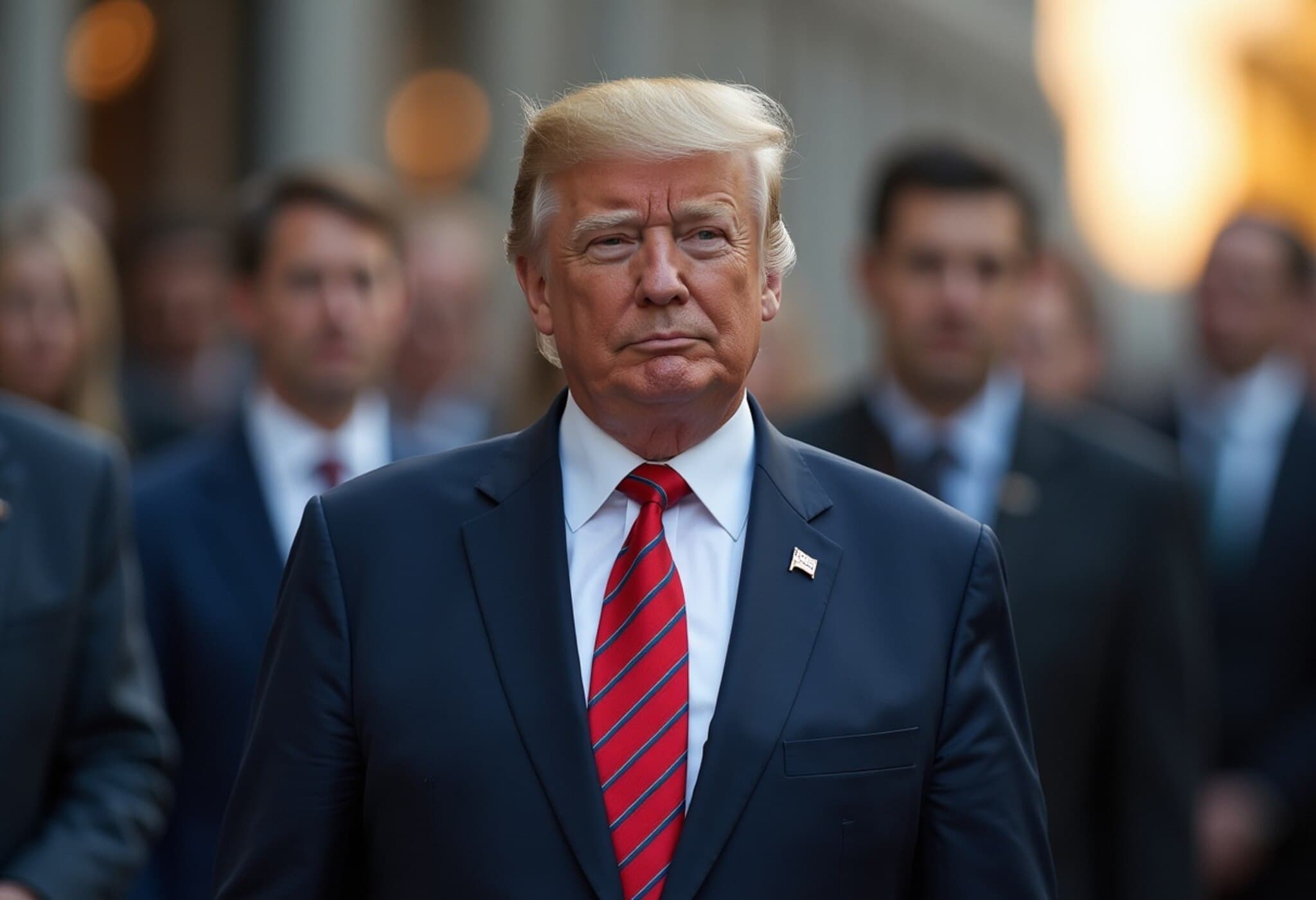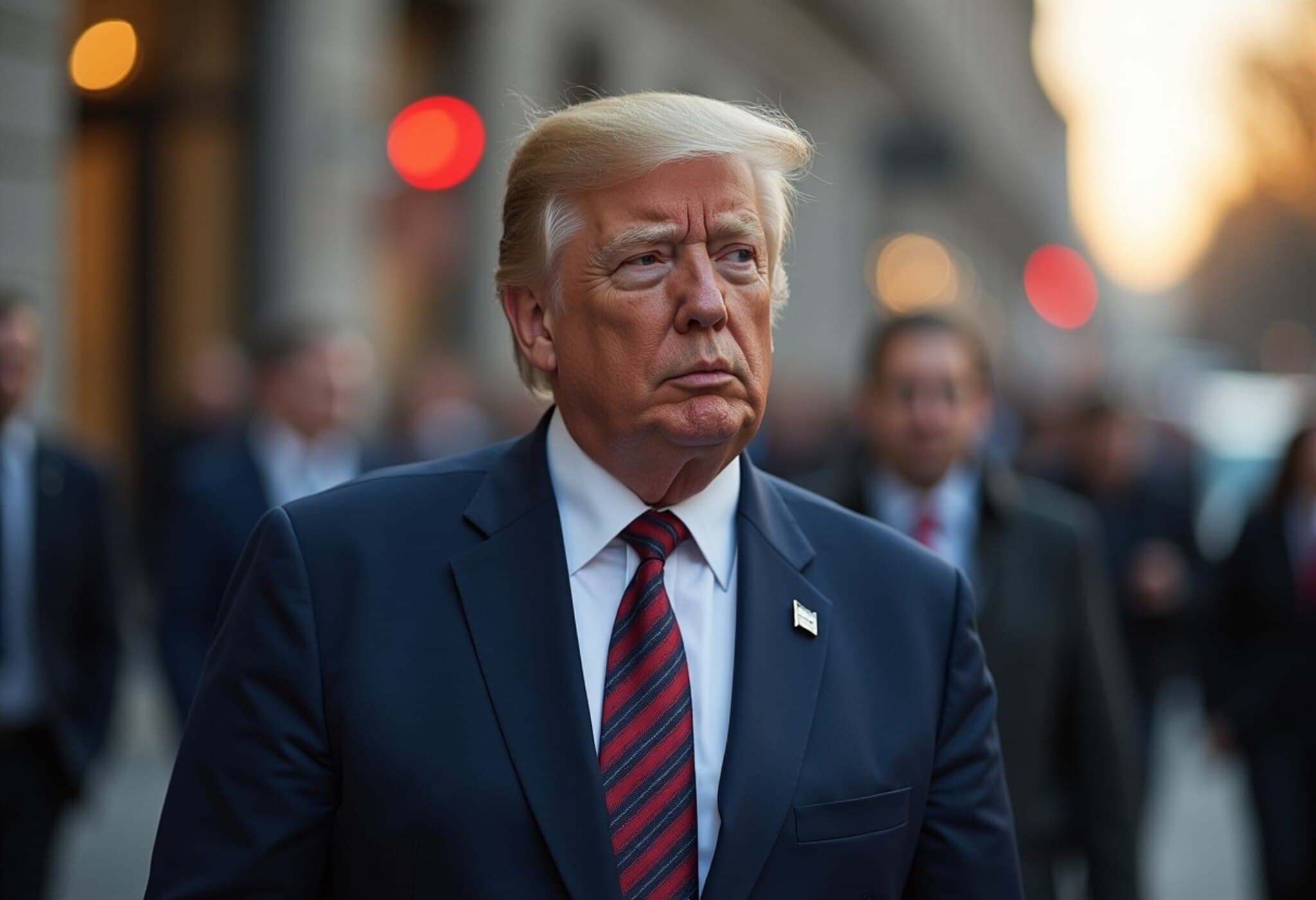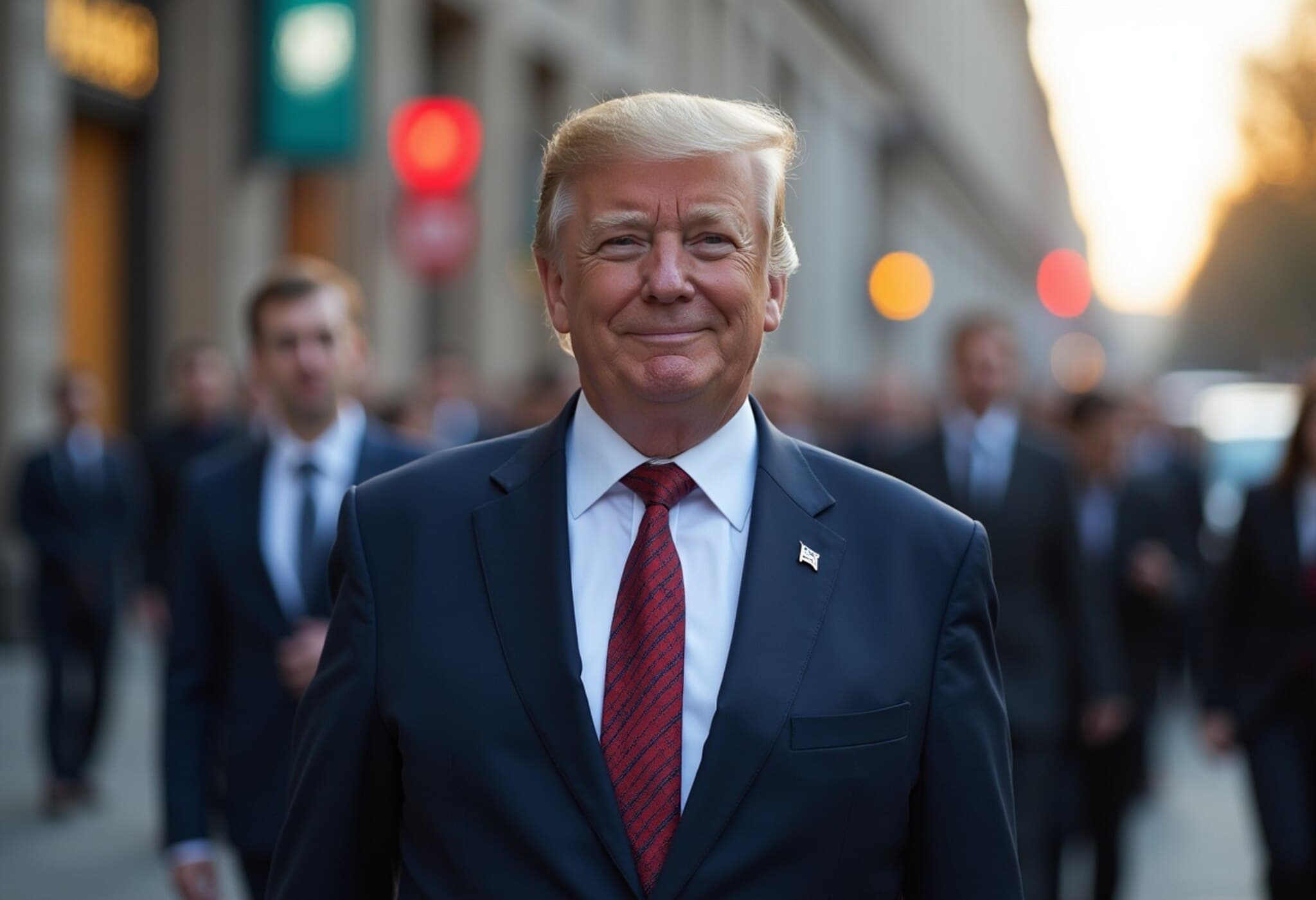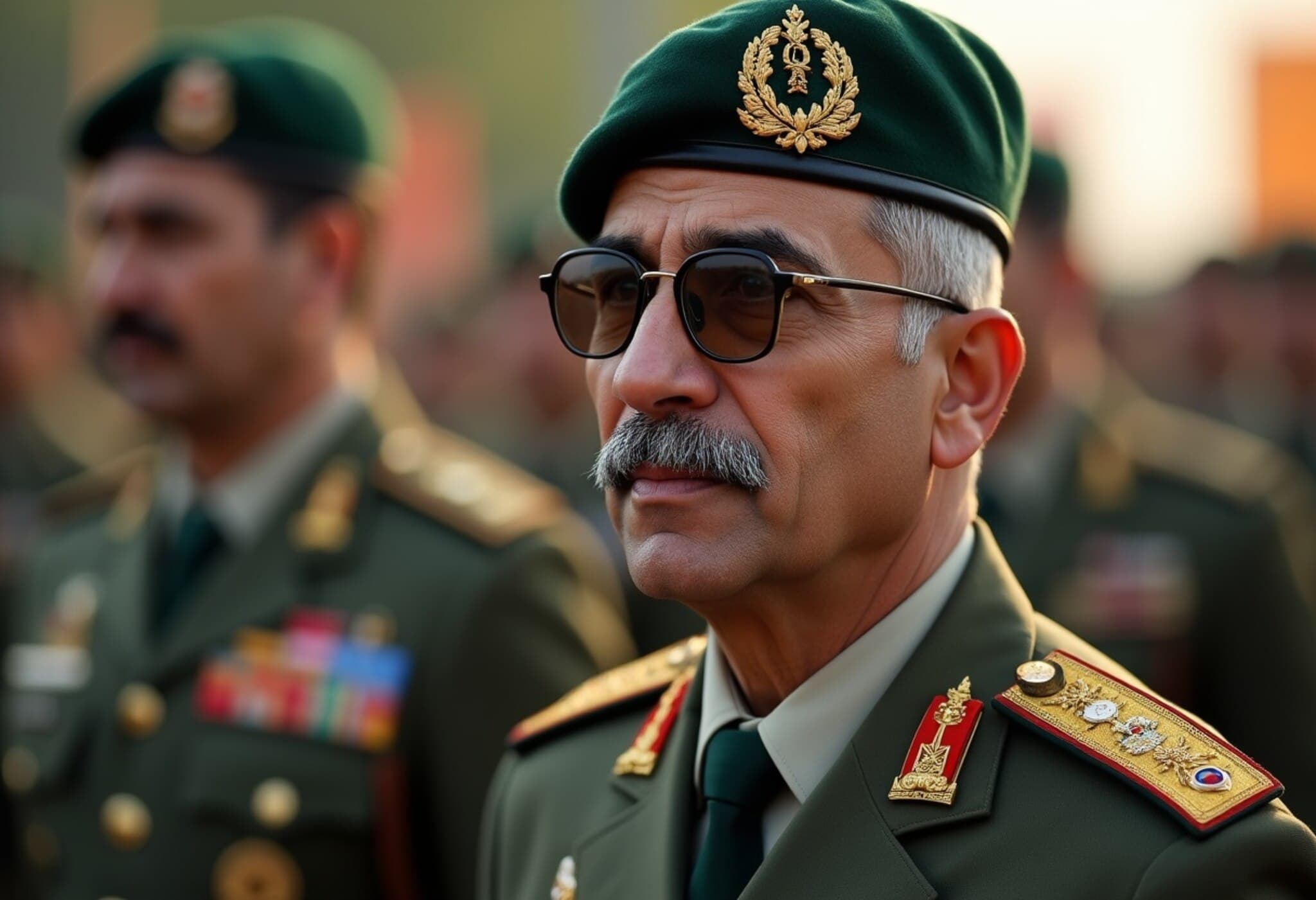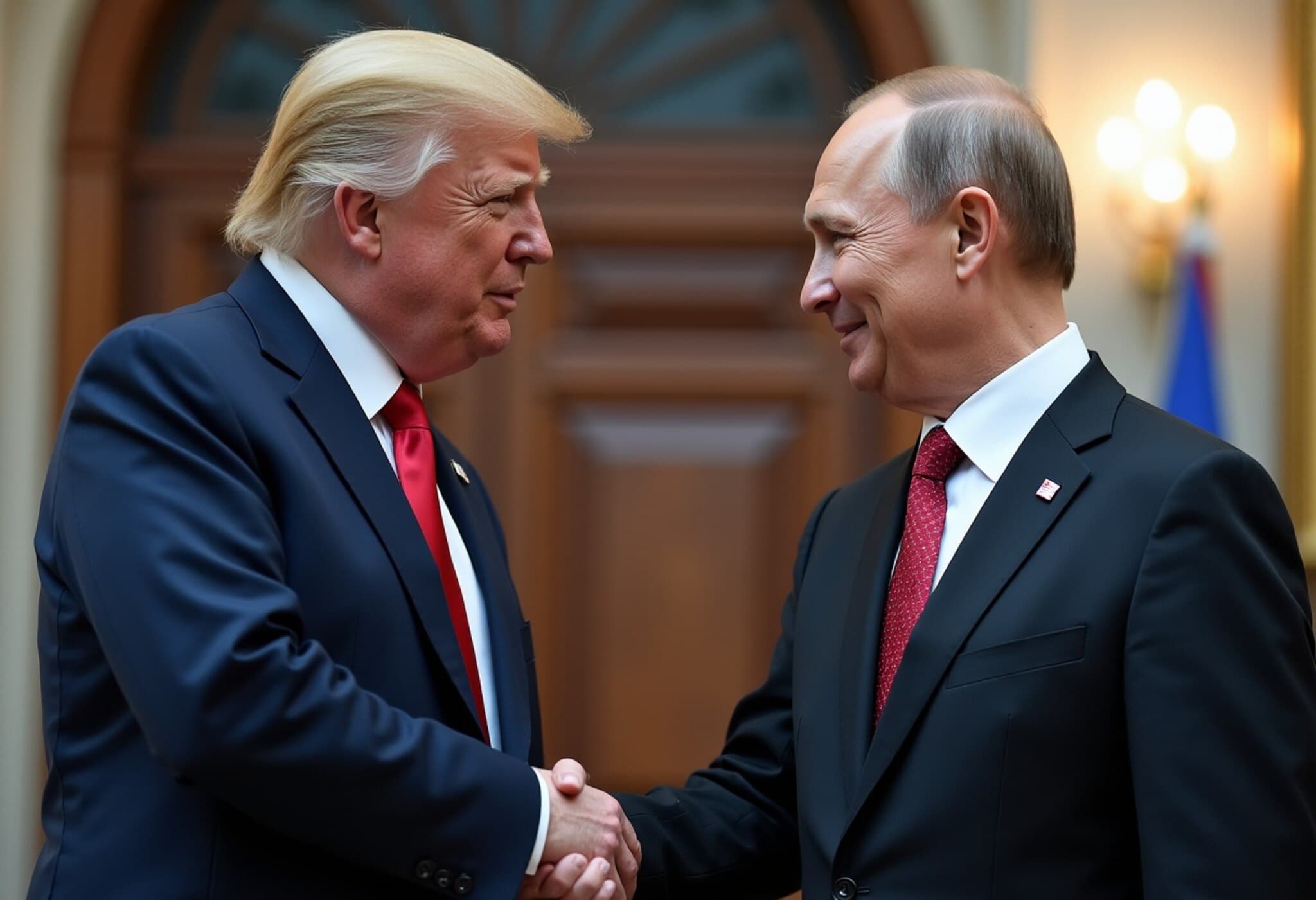What’s at Stake in the Trump-Putin Alaska Summit?
As President Donald Trump and Russian President Vladimir Putin prepare to meet in Alaska in August 2025, global attention zeroes in on what many consider the most consequential US-Russia summit in recent years. This gathering signals a pivotal moment amidst the ongoing conflict in Ukraine, which has dragged into its fourth year, underscoring the urgency — and uncertainty — surrounding diplomatic efforts.
Breaking Down the Summit Agenda
The talks promise to cover a broad, and highly sensitive, range of topics:
- A Push for a Ceasefire: Central to the summit is the ambition to broker a ceasefire in Ukraine. Trump is keen to champion a peace initiative during his second term, while Putin faces mounting economic pressures that might influence Russia's openness to negotiations.
- Territorial Negotiations and Land Swaps: Trump has floated the idea of territory exchanges — a concept that remains contentious. Moscow controls roughly a fifth of Ukraine's territory and may insist on retaining full control over the Donbas region. Meanwhile, Kyiv firmly opposes any arrangement that undermines its sovereignty.
- Security Guarantees for Ukraine: Ukraine rejects proposals for neutrality or demilitarization, emphasizing the need for robust security assurances. While exact details remain unclear, Trump appears receptive to involving the US in European security mechanisms, such as France’s proposed reassurance force.
- NATO’s Role: One of Russia’s longstanding red lines is Ukraine’s potential NATO membership. Discussions could revolve around a formal or informal agreement to curtail NATO’s eastward expansion, a topic fraught with geopolitical tension.
Underreported Angles and Critical Considerations
There are several nuanced facets to this summit that merit particular attention:
- Exclusion of Ukraine’s President: Notably, Ukrainian President Volodymyr Zelenskyy is not present at the meeting. Trump's proposal for a follow-up trilateral meeting including Putin and Zelenskyy, possibly with European leaders, is ambitious but fraught with logistical and diplomatic hurdles.
- Economic and Business Dealings: Putin’s delegation includes economic envoys, signalling that commercial interests may be intertwined with the geopolitical talks. Possible deals around Russian mineral access or economic cooperation could have far-reaching implications for sanctions and global markets.
- The Fate of Arms Control: The looming expiration of the New START nuclear treaty in February 2026 underscores the urgency to address strategic arms control during these discussions. The treaty's renewal or extension could significantly shape international security dynamics.
Expert Insights: What This Means for U.S. Policy
From a U.S. perspective, the summit highlights the tightrope walk between seeking peace and upholding international norms. Experts caution that while ceasefire ambitions are laudable, any agreement must avoid legitimizing territorial conquests or signaling weakness to Russia’s broader geopolitical ambitions. Furthermore, the consideration of adjusting NATO policies could reverberate across America’s alliances, testing commitments in Eastern Europe and affecting perceptions of U.S. reliability.
Additionally, the prospect of intertwining business deals with diplomacy raises questions about balancing economic interests and ethical foreign policy, especially given ongoing sanctions against Russia.
Looking Ahead: A Summit with Global Repercussions
The Trump-Putin summit in Alaska isn’t just a bilateral meeting—it’s a potential pivot point in the geopolitical landscape affecting Europe, the United States, and beyond. As tensions persist over Ukraine, the world watches keenly whether this dialogue will pave paths toward peace or deepen divides that have persisted for years.
Summary Box: Key Takeaways
- Primary objective: Advocating for a Ukraine ceasefire amid ongoing conflict.
- Territorial integrity at risk: Russia's demands could reshape Ukraine’s borders.
- Security concerns: Ukraine demands guarantees; NATO's role is contested.
- Diplomatic dynamics: Zelenskyy’s absence may complicate peace efforts.
- Economic undertones: Business deals may influence the summit’s outcomes.
- Strategic arms control: The New START treaty’s future hangs in balance.
Editor’s Note
While hope for peace often rises with such high-profile meetings, the complexities underpinning US-Russia relations and the Ukraine conflict make any breakthrough uncertain. For American policymakers and observers, critical questions remain: How to balance peace ambitions with principles of sovereignty and international law? What are the risks and rewards of mixing economic interests with geopolitics? As the Alaska summit unfolds, these issues will test not only the leaders themselves but also the resilience of the international order.

